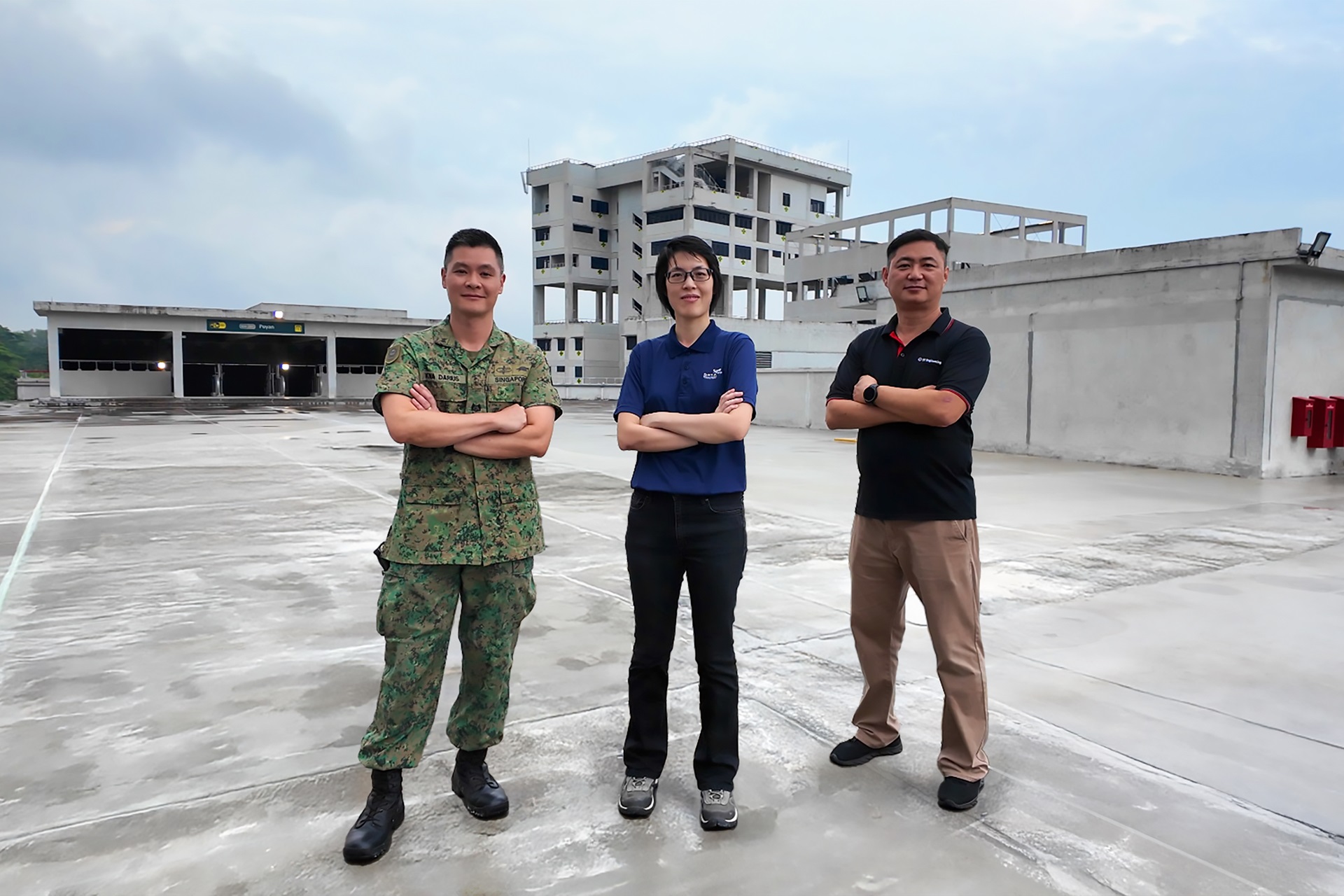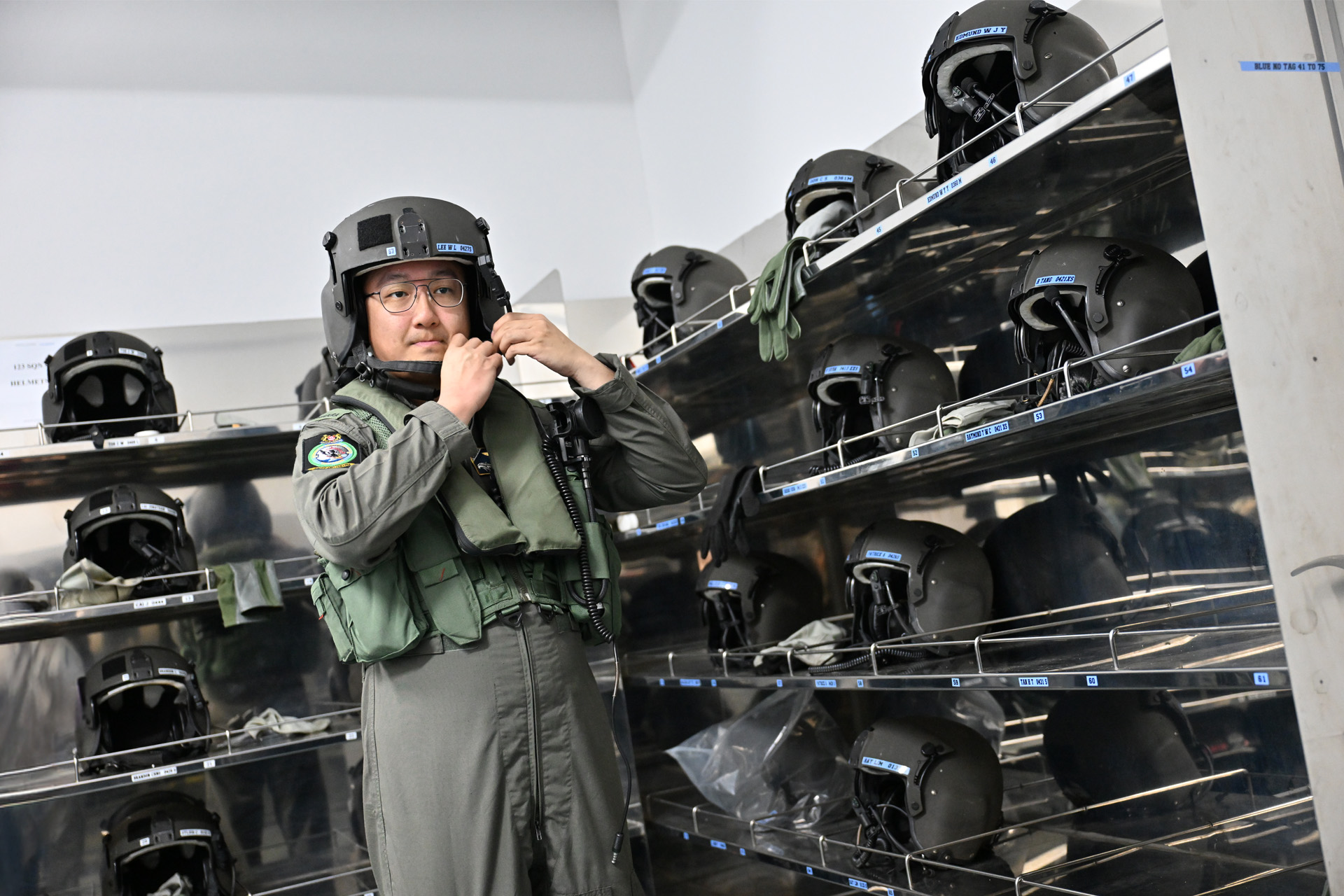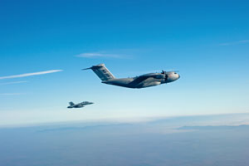TECHNOLOGY
AN AIRLIFTER FOR FUTURE NEEDS
26 Feb 2010

The versatile A400M Tactical Transport Aircraft is Airbus' solution to evolving demands for military airlifts.
Be it landing close to disaster sites to deliver aid, dropping supplies from a low altitude or carrying troops and vehicles to the front line, the A400M Tactical Transport Aircraft is capable of it all. Designed by Airbus Military from the onset to meet the evolving operational roles played by the armed forces of today, the A400M recently made its maiden flight on 11 Dec 09.
As equipment becomes larger and military transport planes are being used more frequently for humanitarian aid and disaster relief missions, armed forces around the world realised that they needed a single do-it-all platform.
In the 1980s, European armed forces including those of Belgium, Germany, France and Britain began feasibility studies to replace existing military transport planes such as the C-130 Hercules and Transall C-160s. In 1996, nine European countries signed a requirement agreement for a new transport aircraft, marking the beginning of a project that would culminate in the A400M's creation.
Easy to configure
The A400M is easily configured for different roles such as delivering aid to disaster-stricken areas and transporting fighting elements to the battlefield. While older transport planes were often limited by their inability to land on austere airfields, the A400M does not face this problem.
This is because of its 12-wheel landing gear which is linked to shock absorbers. This set-up enables the A400M to land on and take off from unprepared runways as short as 750m and on a variety of surfaces ranging from sand to gravel. It is also the mechanism which allows the aircraft to tilt towards its rear cargo door for speedy loading and unloading.
The plane's cavernous 340 sq m cargo area allows it to carry a CH-470 Chinook helicopter or two M1126 Stryker Infantry Carrier Vehicles for military operations. It can carry any combination of these vehicles, while offering up to 54 seats for infantry, search and rescue teams and medical support personnel.
As a medical evacuation airlifter, the A400M can carry up to 125 stretchers and seven medical support staff as well as an intensive care unit.
The plane can also be easily converted within two hours to an aerial refuelling tanker, supplying other aircraft with up to 1,800kg of fuel per minute. In the tanker configuration, the A400M can carry up to 78,400kg of different fuels for specific aircraft.
With its ability to fly at low speeds and altitudes, the A400M can refuel most military aircraft at their preferred speeds and altitudes. For example, it can fly at speeds of 105 knots to 115 knots (194.5 kmh to 213 kmh), which is the norm for refuelling helicopters, as well as at speeds of 280 knots to 300 knots at 25,000 feet (7,620m) to refuel faster jets such as fighters. The A400M is also capable of receiving fuel mid-air when equipped with a removable nose-probe mounted above the cockpit.
Hard to eliminate
With full night-vision capabilities and controls adapted from commercial airliners, the A400M's cockpit can accommodate two pilots and an additional crew member should the mission require it.
Flight controls are placed to the side of each pilot, offering an unrestricted view of the electronic flight instrument displays. Nine large 15.2 cm-by-15.2 cm panel screens, a digital heads-up display and enhanced vision systems make for better situational awareness.
A multitude of sensors, including an ALR-400 Radar Warner and a Missile Launch and Approach Warner, ensuresthat the crew members of A400Ms are never caught unprepared. Standard chaff and flare decoy dispensers are also available for deployment and optional laser-directed countermeasure systems can be integrated.
To further enhance survivability, the A400M features armour plating, bulletproof windscreens, engine exhaust treatment systems to reduce heat signatures and an automatic explosion and flame retardation system for the fuel tanks. In addition, the wings on each A400M come with hard-points for the installation of electronic warfare systems.
Economical to operate
Thirty percent of each A400M is constructed from lightweight composite materials. Nearly the entire tail, rear cargo door, undercarriage bays and Kevlar-shell propeller blades are made with weight-saving materials to enhance the A400M s performance in terms of range and payload.
The reduced weight enables it to carry 20 tons of cargo for a distance of 6,400km, more than twice what current in-service airlifters are capable of. It also translates into a cruise speed of Mach 0.72, which puts it ahead of older transport planes such as the C-130J Hercules which cruises at Mach 0.59.
Borrowing from Airbus' commercial airliner experience, the A400M has an easy maintenance programme. Over 12 years of operation, its manufacturer specifies only 84 days of mandatory heavy maintenance.
To date, 184 orders have been placed for the transport plane by eight countries including Germany, France, Spain and Britain. The planes are currently under construction and the first batch is slated for delivery in the fourth quarter of 2012.
TECHNICAL SPECIFICATIONS
Cargo space340 sq m
Length 45.1m
Height 14.7m
Wing span 42.4m
Cruise speed range Mach 0.68 to 0.72
MAX Cruise speed 780 kmh
Max take-off weigh 141,000kg
Fuel capacity50,500kg
Range 6,390 km (20 ton payload)
Engines4 x EuroProp International TP400-D6
ALSO READ IN TECHNOLOGY

AI joins the fight in national cyber defence exercise
12 Nov 2025
AI and closer collaboration among agencies and industry are taking centre stage in this year’s Critical Infrastructure Defence Exercise (CIDeX).

They built this city
01 Oct 2025
Turning vision to reality: the team behind SAFTI City clinches the Defence Technology Prize 2025 Team (Engineering) Award!

Operating over skies & seas
22 Aug 2025
This gear is designed to help a Sensor Supervisor survive emergencies in the air and at sea.




